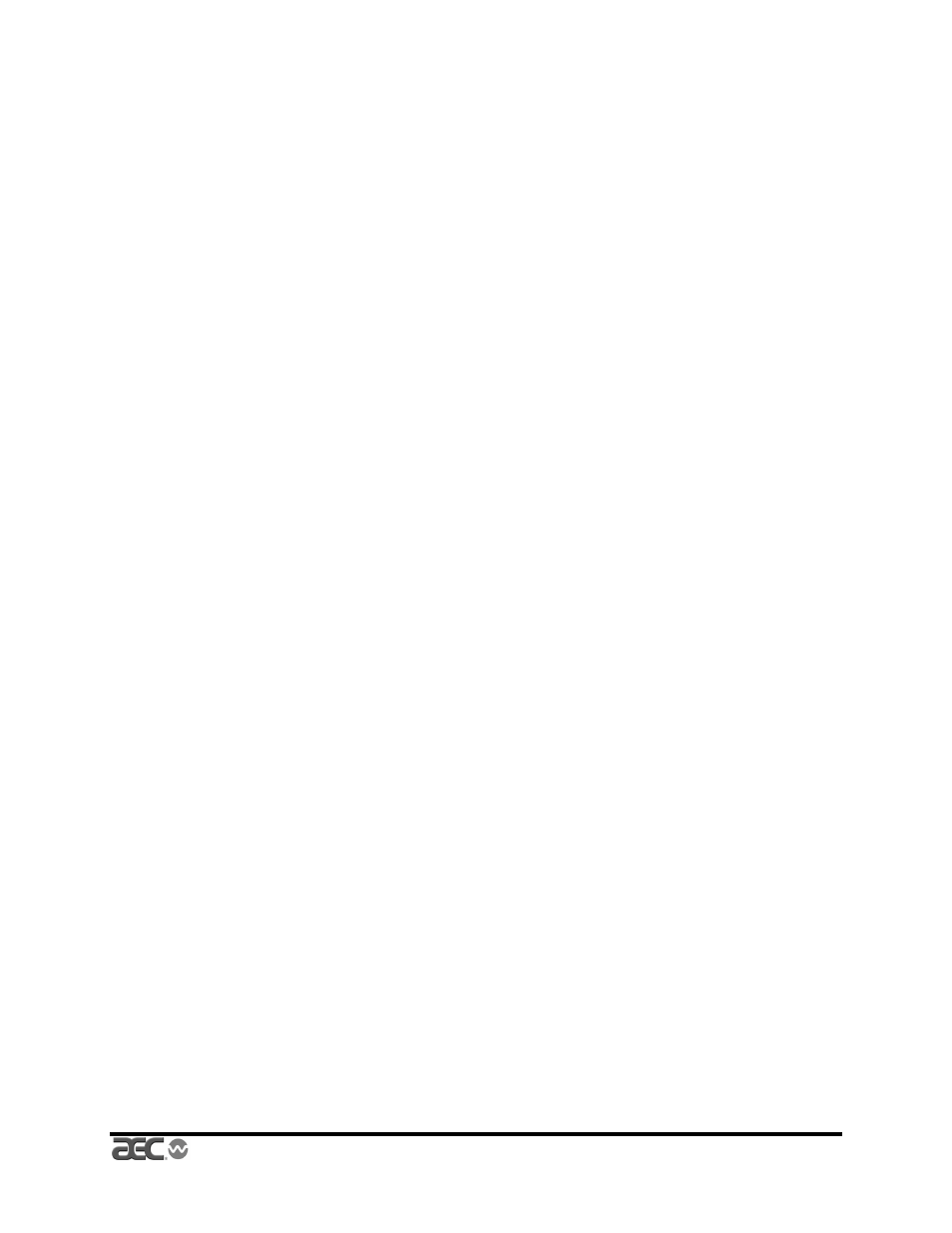AEC VacTrac Series Conveying Systems User Manual
Page 47

VacTrac™ Series Conveying Systems
Page 47
Mechanical Components
WH2-605A.4
;
Connect a short-radius bend to the straight portion as close to
the Y as possible.
;
You must connect a minimum 2-foot (61 cm) straight length of
tube to this short radius bend on the horizontal before the
material tubing drops to the receiving point. If possible, incline
this tube approximately
1
/
8
” per foot (1 cm per meter).
;
On single line Y systems, you must install check valves on
material inlet tubes inside vacuum receivers.
;
Do not use SRH01 or SRC02 vacuum receivers on single
line Y systems.
;
You can install a long- or short-radius bend on the last station,
where a Y-tube is not needed.
3-9 Material Check Valves in Single Line Y-Tube
Systems
;
Check valves are a critical feature on single line Y systems.
You must have a check valve installed on the material inlet
inside the receiver on all vacuum hoppers in single line Y
installations.
;
Check valves must open when the receiver is being loaded and
seal to prevent a vacuum leak when other hoppers are being
loaded.
;
Vacuum receivers for these systems have a special factory-
installed extended material inlet tube to hold the check valve.
;
The check valve must not be pressed too far onto the inlet stub
to prevent proper sealing.
;
The hinge of the check valve should be up to prevent material
from being deflected up into the vacuum hopper filter.
;
Do not allow vacuum receivers with check valves to be
over-filled to a point above the bottom of the check valve.
Over-filling prevents the check valve from sealing and
creates a vacuum loss. Adjust the conveying time on Time-
Fill systems to prevent this from happening.
;
Inspect periodically for erosion or wear. Replace as required.
